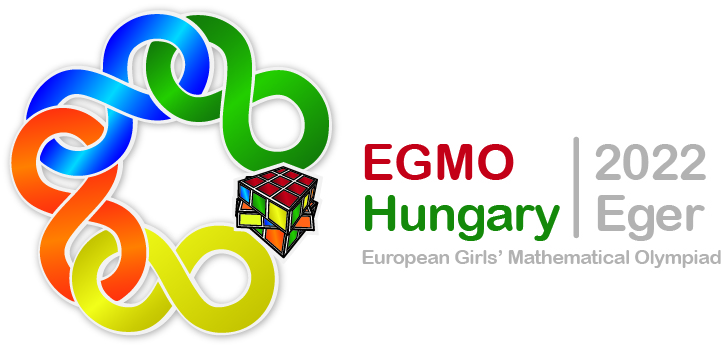Mathematics is an actively studied field in Hungary. For example, in the Alfréd Rényi Institute of Mathematics more than hundred researchers work on various areas like number theory, graph theory or low dimensional topology. This also shows that mathematics has long traditions in the country. In this short article, we present the work of a few Hungarian mathematicians who became widely known abroad as well (some of them also lived abroad for several years or decades), and whose research had significant impact on the development of mathematics in Hungary.
At EGMO, the problems are usually from the areas of geometry, combinatorics, number theory and algebra. Hence, although it was not very common in the 20th century that a mathematician worked in exactly one of these fields, we go through these topics to see the contributions of Hungarian mathematicians.
Geometry
As we have all learned at school, and use it in mathematical problem solving from time to time, the sum of the angles of a triangle is equal to 180°. However, as the example of a Hungarian military officer from the 19th century shows, interesting mathematics can start with questioning statements looking as trivial as this one.
János Bolyai (Kolozsvár/Cluj, 1802 – Marosvásárhely/Mureș-Oșorhei, 1860) was born in Transylvania. He could learn calculus and analytical mechanics from his father, who was also a mathematician, and worked as a teacher in Marosvásárhely. János studied for four years at the Imperial and Royal Military Academy in Vienna, Austria. Later, he served the military as an engineer for more than ten years, until his injury and retirement.
Already during his studies in Vienna, it became clear that calculating the trajectory of a cannonball is not the kind of mathematics he is really interested in. He started to work on an old question related to Euclid’s axioms of geometry, namely, on the question about the parallel postulate. In Euclid’s work Elements (written around 300 BC), one of the axioms is equivalent to the following: given a line and a point outside of it, there is at most one line which goes through the point and which is parallel to the line. This is also equivalent to the fact that the sum of the angles in a triangle is equal to 180°. For Bolyai, the following question was exciting and gripping: is this true in every „consistent” geometric model of the plane?
This question was studied by other mathematicians at that time. János Bolyai (independently of the Russian mathematician Nikolai Ivanovich Lobachevsky) settled this by constructing a geometric model where Euclid’s every other axiom is satisfied, but there are several different parallel lines going through the same point outside the original line. This also meant that the sum of the angles in a triangle can be less than 180°.
This was one of the first models of non-Euclidean geometry. Together with other similar models, it became very important in the study of surfaces, for example, in the work of Bernhard Riemann. As the structure of space is a basic question in physics and astronomy, these models were also key elements in the cosmological theory of Hermann Minkowski, and had significant effect on the special relativity theory of Albert Einstein. This also shows that the work of János Bolyai had a huge impact on the way we think of geometry, surfaces and space.
Number theory
Another famous story of Hungarian mathematics is that of Pál (Paul) Erdős. He strongly believed that finding the right questions is at least as important as the solution – and he proved this by proposing hundreds of problems to his colleagues, during his intensive social activities and often unexpected visits around the world. He liked offering payments (from 25 dollars to several thousand dollars) for colleagues who first solve his favourite problems in number theory, combinatorics, graph theory, probability theory. Many of these questions were settled throughout the years, others are still open and serve as a basis for active research.
Pál Erdős (Budapest, 1913 – Warsaw, 1996) was the son of a couple of two teachers. During his years in high school, he regularly worked on the problems of KöMaL, a (still published) monthly journal inteded to help students to develop their mathematical knowledge and problem-solving skills. He was a very active member of a group of young mathematicians and students, who regularly met in Városliget (City Park of Budapest), the largest park of Budapest, and worked on various open problems (see the photo above). Later, Erdős spent several years abroad (in Manchester and Princeton, for example), but from 1955, he could return to Budapest. He continuously growed the group of mathematicians he worked together with, and, with the help of his collaborators, regarding the number of published papers, he became the second most prolific mathematician on the world (with around 1500 papers, just after the Swiss mathematician Leonhard Euler, listed here).
He had various results in number theory, combinatorics and other topics, and his work had a huge impact on the research of many mathematicians, both in Hungary and around the world. To mention one particular result from number theory: with Ginsburg and Ziv, he proved that for every integer n, among 2n-1 integers, we can always find exactly n numbers whose sum is divisible by n.
Combinatorics
The area of combinatorics is very popular among Hungarian mathematicians, partially due to the effect of the work of Pál Erdős. From the story of Eszter Szekeres, we can learn how this worked. Later on, it is not by chance that two out of the three Hungarian mathematicians who have been awarded the Abel prize (Péter Lax, László Lovász, Endre Szemerédi), have done significant research in the area of combinatorics.
Esther Szekeres (born Eszter Klein, 1910, Budapest, Hungary – 2005, Adelaide, Australia) can be considered as one of the founders of the area of combinatorial geometry – although she was a high school student at that time. Many years later and many kilometers further away, she became committed to teaching and sharing her knowledge in mathematics with interested students.
Eszter’s story probably started under the green trees of Városliget (City Park of Budapest), where many enthusiastic students, including Pál Erdős and Pál Turán, met from week to week, to share their ideas on various mathematical problems. This was the so-called Anonymus group, although they were not anonymous at all. The name comes from the statue which was their regular meeting point (see the photo above), and which represents the Anonymous Notary of King Béla (known due to his chronicles, written in the 12th and 13th century, telling the stories and legends about the early history of Hungary). During their meetings in Városliget and also in the hills of Buda, each student could tell the others the problems that he or she was interested in, mostly in combinatorics or number theory.
Eszter came up with the following problem. How many points do we need for the following to be satisfied: for every configuration of these points in the plane (with no three on the same line) we can choose a subset of four points that form a convex quadrilateral. If you are curious about the solution (Eszter also solved the problem), you can look it up by reading about the Happy ending problem. The name comes from Pál Erdős, and refers to the fact that Eszter married György Szekeres, another member of the Anonymus group. On the other hand, this problem of Eszter was the starting point, and definitely not the end of a mathematical story: among others, Erdős and Szekeres worked on various generalizations of this problem and achieved interesting results, and this had an important role in the foundations of combinatorial geometry and also Ramsey theory.
Because of the rising anti-Semitism in Hungary, Eszter and György moved to Shanghai, China. Later on, they settled down in Australia, where György became a university professor in Sydney, and Eszter was teaching at the university for many years. Probably motivated by their memories of the green trees of Városliget, they made huge efforts to support high school students to learn mathematics and develop their problem-solving skills. This meant that, in 1984, Eszter, together with other teachers, founded a series of weekly meetings for students, which was so successful that it worked for several decades, at more than 30 locations in the country. This was the way she could share her knowledge and encourage others to find their way in working on mathematics.
László Lovász was born in Budapest, in 1948. Both within and outside the area of combinatorics, his research is often motivated by problems coming from computer science (notice that 1948 was the year when „Manchester Baby” run its first program, which meant that it was not necessary any more to rewire or restructure the machines to modify the set of instructions, and that the memory of a computer could be used as we more or less use it nowadays as well). Among other results, Lovász proposed widely used algorithms (e.g. the LLL lattice reduction algorithm), and elaborated the algorithmic theory of convex bodies and grids. He also had a leading role in the foundations of graph limit theory, as his book „Large networks and graph limits” shows. This topic was partially motivated by the evolving interest in the structure of large networks like the internet, or online social networks. His work showed that a new viewpoint on these large discrete structures can lead to various new results by the application of tools from mathematical analysis and probability theory.
Endre Szemerédi (born in Budapest, in 1940) also worked in the fields of combinatorics and computer science. The Szemerédi regularity lemma analyses the structure of large graphs (networks), by stating that we can partition the vertices in such a way that we see a simpler, homogeneous structure with a small random error. Another very famous result of Szemerédi is about arithmetic progressions, which is an important topic of arithmetic combinatorics. Namely, in 1975, he proved a conjecture of Erdős and Turán, by showing that if a subset of the natural numbers contains at least 1 % of the first n numbers for infinitely many numbers n, then, for every k, the subset contains infinitely many arithmetic progressions of length k. Of course, 1% can be replaced by any positive ratio in this statement.
Algebra
John von Neumann (Budapest, 1903 – Washington, 1957) was born in Hungary, but he studied in Germany and Switzerland, and spent most of his adult life in the United States. The mathematical object called von Neumann algebra proves that, among many other areas, he worked in algebra. More precisely, his interest in quantum mechanics lead him to studying such abstract algebraic notions. Also related to physics and quantum mechanics, as many of the leading scientists at that time, he was involved in the Manhattan Project, that is, in the development of nuclear weapons.
He was also one of the leading scientists in computer science. He was working on constructing some of the first electronic computers, and his ideas about how a computer should work are used nowadays as well. In particular, he was a member of the team who built EDVAC, which was finished in 1949, and, similarly to „Manchester Baby”, it was among the first computers that could store the program codes in their own memory. John von Neumann also worked on game theory, a quickly developing area of economics at that time.
In addition, if you are interested in what it was like in the second half of the 20th century to work as an economist and university professor, corporate director, advisor of government committees – as a women in communities consisting mostly of men, we highly recommend the book of Marina von Neumann Whitman, the daughter of John von Neumann (The Martian’s Daughter. A Memoir, 2012).
Other areas
Rózsa Péter (born Rózsa Politzer, 1907, Budapest, Hungary – 1977, Budapest, Hungary) is probably best known for her book Playing with Infinity: Mathematics for Everyman. The goal of this book was to show some beautiful and interesting mathematical proofs and arguments to people who have never spent more time on mathematics than it was obligatory at elementary school or high school. Due to her very nice proofs without words (when the core of the argument is presented by a diagram, without any further explanations) and also to the descriptions which are precise but do not rely on any previous knowledge of mathematical concepts, the book became very successful, and not only within Hungary. It was translated to several languages (for example, German, English, Polish and Russian), and can be found in many libraries around the world.
Rózsa started studying chemistry at the university, but later switched to mathematics. After the very hard period of the second world war, she became a professor at Budapest Teachers’ Training College, and later worked at Eötvös Loránd University for twenty years, until her retirement. Her main research interest was related theory of mathematical logic: her book entitled Recursive functions, published in 1951, became one of the most important books at that time within the topic, starting new, interesting and far-leading research directions. Due to the quick development of computers in those years, this was indeed a very important topic: recursive functions are functions that can be evaluated with certain operations, that is, with certain types of computers. Rózsa herself elaborated the connection between these two areas: in 1976, she published her last book Recursive Functions in Computer Theory. Her work was well recognized in Hungary: in the fifties, she became the first Hungarian woman who was an Academic Doctor of Mathematics, and she was awarded the Kossuth Prize, one of the highest prizes of the Hungarian state.
As we already mentioned, besides her outstanding research work, she was also committed to teaching and also to making mathematics available for a wider audience. Playing with Infinity: Mathematics for Everyman grew out of her letters to a friend who was a writer, translator and director of a theater, but who never studied mathematics. This connection helped Rózsa to elaborate a way of writing about topics like the prime number theorem, non-Euclidean geometry (recall the story of János Bolyai above), or Gödel’s incompleteness theorem which is interesting and understandable for everyone. Although this book was written almost 80 years ago, most of its content is still in the center of mathematics; hence if you are interested in mathematical concepts which are a bit more abstract than the mathematical world of EGMO competitions, we definitely recommend this book.
Kató Rényi (1924 – 1969) was born in Budapest as Katalin Schulhof, the daughter of famous doctor Ödön Schulhof and René Jahoda. Katalin began her university studies in 1942, in Budapest, then from 1945 she continued them in Szeged, where she met Alfréd Rényi, her future husband and great mathematician. They spent two years in Leningrad (today Saint Petersburg), then moved back to Budapest, where Kató Rényi finished university in 1949. Their daughter, Zsuzsanna was born in 1948. In 1950, Kató Rényi became a lecturer, later assistant professor at Eötvös Loránd University. She was an outstanding teacher, still appreciated by her students, who remember her as a smart and sparkling lady always ready to support young talents. In her honour, the János Bolyai Mathematical Society founded the Kató Rényi Memorial Prize, which is awarded for original research results by undergraduate students. Kató Rényi was interested in number theory, and she made a remarkable contribution to the theory of complex analytic functions. Her research in mathematics resulted in 21 published scientific papers.
Katalin Marton (1941 – 2019) was born in Budapest and obtained her PhD at Eötvös Loránd University in 1965. Until 1973, she worked in Budapest at the Department of Numerical Mathematics, Central Research Institute for Physics, then at the Alfréd Rényi Institute of Mathematics of the Hungarian Academy of Sciences. She had several fruitful research collaborations with excellent mathematicians such as Imre Csiszár and László Lovász, not only in Hungary, but also in the United States. Although she worked on various fields of mathematics, for example on probability theory and measure concentration, she is most famous for her contribution to information theory and coding theorems. For her research, she was awarded the Alfréd Rényi Prize. Then, in 2013 she was the first female winner of the Claude E. Shannon Award of the IEEE Information Theory Society, which is the most prestigious prize in information theory. Therefore, she presented the Shannon Lecture at the 2013 IEEE International Symposium on Information Theory. In the same year, she received the József Eötvös Wreath by the Hungarian Academy of Sciences.
Source of photos: Wikipedia, homepages of Eötvös Loránd University, Hungarian Academy of Sciences; János Bolyai Mathematical Society; cover photo: EGMO 2022 team (the Anonymus statue in Városliget, Budapest, Hungary),
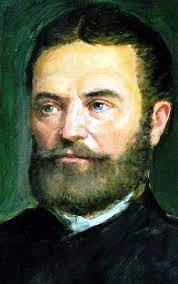
János Bolyai 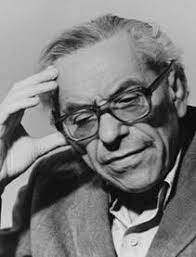
Pál Erdős 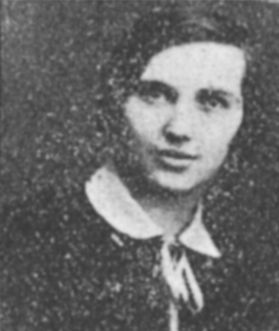
Eszter Szekeres 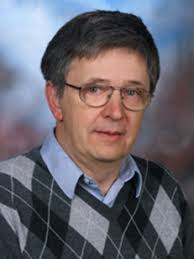
László Lovász 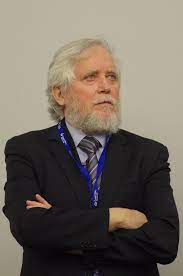
Endre Szemerédi 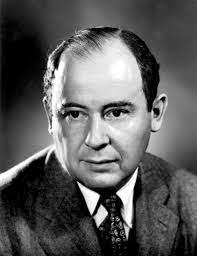
John von Neumann 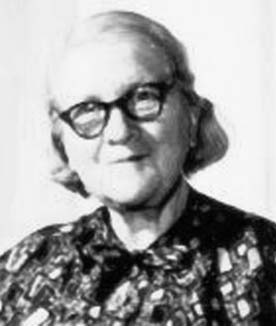
Rózsa Péter 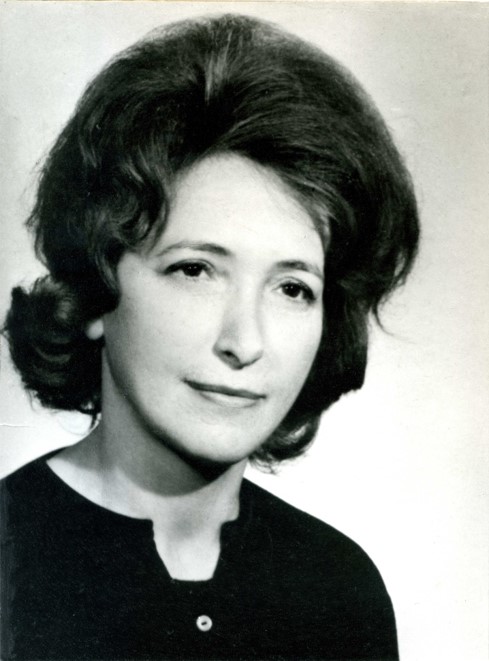
Kató Rényi 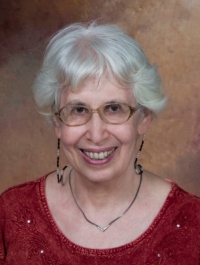
Katalin Marton
